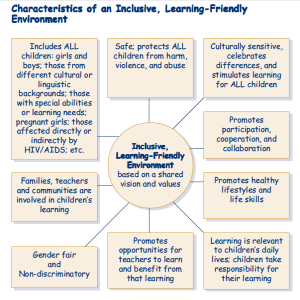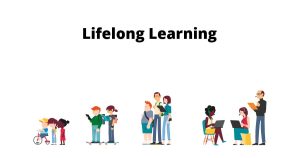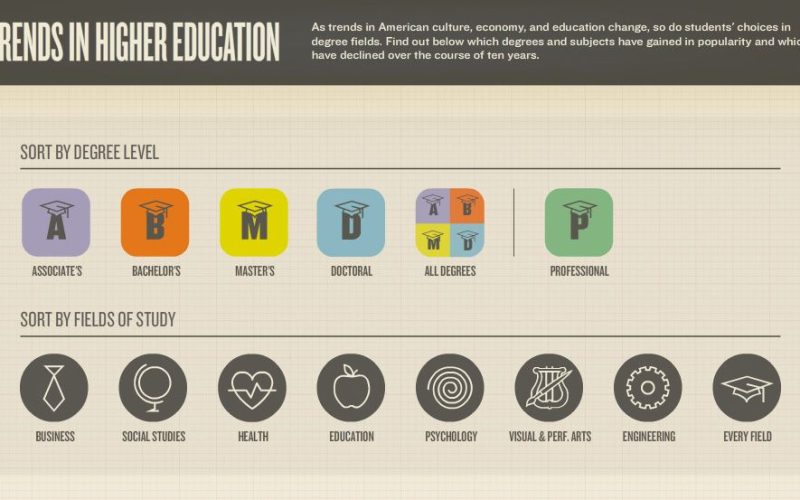Introduction
In today’s fast-paced world, Higher Education Trends is constantly evolving. From innovative teaching methods to emerging technologies, the landscape of higher education is continuously shaped by various trends. In this article, we’ll delve into the current trends in higher education and explore how institutions can harness their potential to drive positive change and innovation.
Embracing Digital Transformation

Higher Education Trends In recent years, digital transformation has revolutionized the higher education sector. With the advent of online learning platforms, virtual classrooms, and educational apps, students now have access to a wealth of educational resources at their fingertips. Institutions are increasingly adopting technology-driven approaches to teaching and learning, thereby enhancing the overall educational experience.
The proliferation of Massive Open Online Courses (MOOCs) and e-learning platforms has democratized education, allowing learners from diverse backgrounds to access quality educational content remotely. Moreover, advancements in artificial intelligence (AI) and machine learning are enabling personalized learning experiences tailored to individual student needs.
Adapting to Remote Learning
The Higher Education Trends pandemic has accelerated the adoption of remote learning in higher education. With social distancing measures in place, many institutions were compelled to transition to online learning modalities virtually overnight. While this shift presented numerous challenges, it also highlighted the resilience and adaptability of educators and students alike.
Remote learning has prompted educators to explore innovative teaching methods and leverage digital tools to facilitate engaging and interactive learning experiences. Virtual classrooms, video conferencing platforms, and collaborative online tools have become integral components of the modern Higher Education Trends landscape, enabling seamless communication and knowledge dissemination.
Fostering Inclusive Learning Environments

Inclusivity and diversity have emerged as central themes in Higher Education Trends, with institutions striving to create inclusive learning environments that accommodate students from diverse cultural, socioeconomic, and academic backgrounds. By promoting diversity and embracing multicultural perspectives, universities can enrich the educational experience and foster a sense of belonging among students.
Equity in education remains a pressing issue, with efforts underway to address disparities in access and opportunity. Initiatives such as scholarship programs, mentorship opportunities, and community outreach initiatives aim to promote equitable access to higher education and support underrepresented student populations.
Leveraging Data Analytics for Decision-Making
Data analytics has become increasingly prevalent in Higher Education Trends, empowering institutions to make informed decisions and optimize academic outcomes. By harnessing data-driven insights, universities can identify trends, anticipate student needs, and enhance institutional performance.
From predictive analytics to student retention modeling, data analytics tools offer valuable insights into student behavior, academic performance, and institutional effectiveness. By leveraging data analytics, universities can tailor interventions and support services to meet the diverse needs of their student body, ultimately enhancing student success and graduation rates.
Cultivating Lifelong Learning Skills

In today’s knowledge-based economy, lifelong learning has become essential for career advancement and personal growth. Higher Education Trends play a pivotal role in cultivating lifelong learning skills by equipping students with the knowledge, skills, and competencies needed to thrive in a rapidly evolving job market.
From critical thinking and problem-solving to communication and collaboration, universities are increasingly focused on developing transferable skills that prepare students for success in a dynamic and interconnected world. By fostering a culture of lifelong learning, institutions can empower individuals to adapt to change, embrace innovation, and pursue continuous professional development.
Conclusion
In conclusion, higher education trends are continuously evolving in response to technological advancements, demographic shifts, and societal changes. By embracing digital transformation, fostering inclusive learning environments, leveraging data analytics, and cultivating lifelong learning skills, institutions can harness the full potential of these trends to drive positive change and innovation in higher education.
FAQs
What are the primary challenges facing higher education today?
The primary challenges facing higher education today include ensuring equitable access, addressing affordability concerns, and adapting to rapid technological advancements.
How can institutions promote diversity and inclusion in higher education?
Institutions can promote diversity and inclusion by implementing inclusive policies, fostering multicultural learning environments, and providing support services for underrepresented student populations.
What role does technology play in modern higher education?
Technology plays a crucial role in modern higher education by facilitating remote learning, personalized instruction, and data-driven decision-making.
How can data analytics improve student outcomes in higher education?
Data analytics can improve student outcomes by identifying at-risk students, personalizing interventions, and optimizing institutional processes to enhance student success and retention.
What are some emerging trends in online learning?
Emerging trends in online learning include gamification, microlearning, and augmented reality, which offer innovative approaches to engage learners and enhance learning outcomes.
How can universities prepare students for the future of work?
Universities can prepare students for the future of work by emphasizing critical thinking, problem-solving, and adaptability, as well as providing experiential learning opportunities and industry-relevant skills training.









